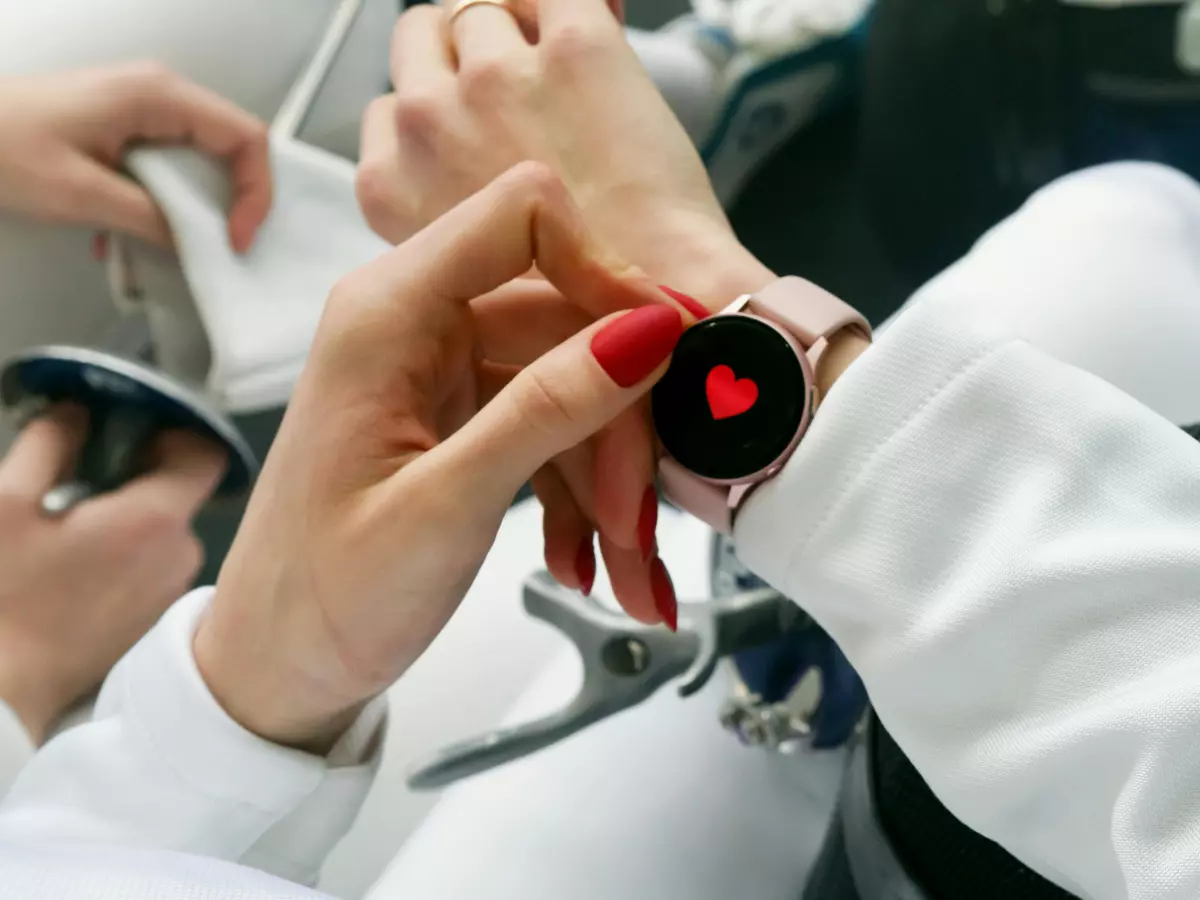Keeping Cool
Ever noticed how your smartwatch stays cool, even after a long workout? Or how your fitness tracker doesn’t overheat, even when you’re pushing your limits? There’s a hidden tech battle happening inside your wearable, and it’s all about heat management.

By Marcus Liu
Wearables are packed with sensors—heart rate monitors, accelerometers, GPS, and more. These sensors are constantly working, gathering data, and sending it to the software for processing. But here’s the catch: all that activity generates heat. And if your device gets too hot, it can affect performance, battery life, and even your skin. So, how do wearables manage to keep their cool?
It turns out, wearables have a secret weapon: heat management sensors. These sensors, combined with clever software integration, ensure your device stays at a safe temperature, even during intense use. But how exactly does this work? And what role do the sensors, battery, and software play in this delicate balancing act?
Why Heat Management Matters
First, let’s talk about why heat management is so important. Wearables are designed to be worn on your body for extended periods. Whether it’s a smartwatch, fitness tracker, or even a pair of smart glasses, these devices need to be comfortable and safe. If a wearable overheats, it can cause discomfort, skin irritation, or even burns. Plus, excessive heat can damage the internal components of the device, leading to reduced performance or a shorter lifespan.
But there’s more to it than just comfort and safety. Heat also affects battery life. When a wearable gets too hot, the battery has to work harder to keep the device running, which drains its power faster. This is why effective heat management is crucial for both performance and battery efficiency.
The Role of Sensors in Heat Management
So, how do wearables manage heat? It all starts with sensors. Many modern wearables are equipped with temperature sensors that monitor the device’s internal temperature in real time. These sensors are constantly checking for signs of overheating and sending data to the device’s software.
But temperature sensors aren’t the only ones involved. Other sensors, like accelerometers and heart rate monitors, also play a role in heat management. For example, if the accelerometer detects that you’re running or exercising, the device knows that it’s likely to generate more heat. Similarly, if the heart rate monitor detects an elevated heart rate, the device can anticipate that your body is working harder and adjust its heat management accordingly.
Software: The Brain Behind the Sensors
Of course, sensors alone can’t manage heat. They need software to interpret the data and take action. This is where the real magic happens. The software in your wearable is constantly analyzing data from the sensors and making adjustments to keep the device at a safe temperature.
For example, if the temperature sensors detect that the device is getting too hot, the software can reduce the power going to certain components, like the GPS or heart rate monitor, to lower the overall temperature. It can also adjust the frequency of data collection from the sensors, reducing the workload on the battery and preventing further heat buildup.
In some cases, the software might even activate a low-power mode to conserve battery life and reduce heat generation. This is especially important during long workouts or when the device is being used for extended periods.
Battery Life and Heat: A Delicate Balance
Speaking of battery life, heat management is closely tied to how long your wearable can last on a single charge. As we mentioned earlier, excessive heat can drain the battery faster. But it’s not just about keeping the device cool—it’s also about finding the right balance between performance and power consumption.
Wearables are designed to be efficient, but they still need to perform well. This means that the software has to make smart decisions about when to prioritize performance and when to focus on conserving battery life. For example, during a high-intensity workout, the device might prioritize performance, even if it means generating a bit more heat. But during periods of inactivity, the software can shift to a low-power mode, reducing heat and conserving battery life.
This delicate balance between heat, performance, and battery life is what makes modern wearables so impressive. They’re able to pack a ton of functionality into a small, lightweight device, all while keeping cool and running efficiently.
The Future of Heat Management in Wearables
As wearables continue to evolve, heat management will become even more important. With new sensors, more powerful processors, and advanced features like AI and machine learning, wearables will need to be even more efficient at managing heat.
We’re already seeing some exciting developments in this area. For example, some wearables are using advanced materials that dissipate heat more effectively, while others are exploring new ways to integrate heat management directly into the design of the device. And as software continues to improve, we can expect even smarter algorithms that can predict and prevent overheating before it becomes a problem.
In the end, the key to wearable success lies in the seamless integration of sensors, software, and battery management. And as long as wearables can keep their cool, they’ll continue to be a vital part of our tech-driven lives.




